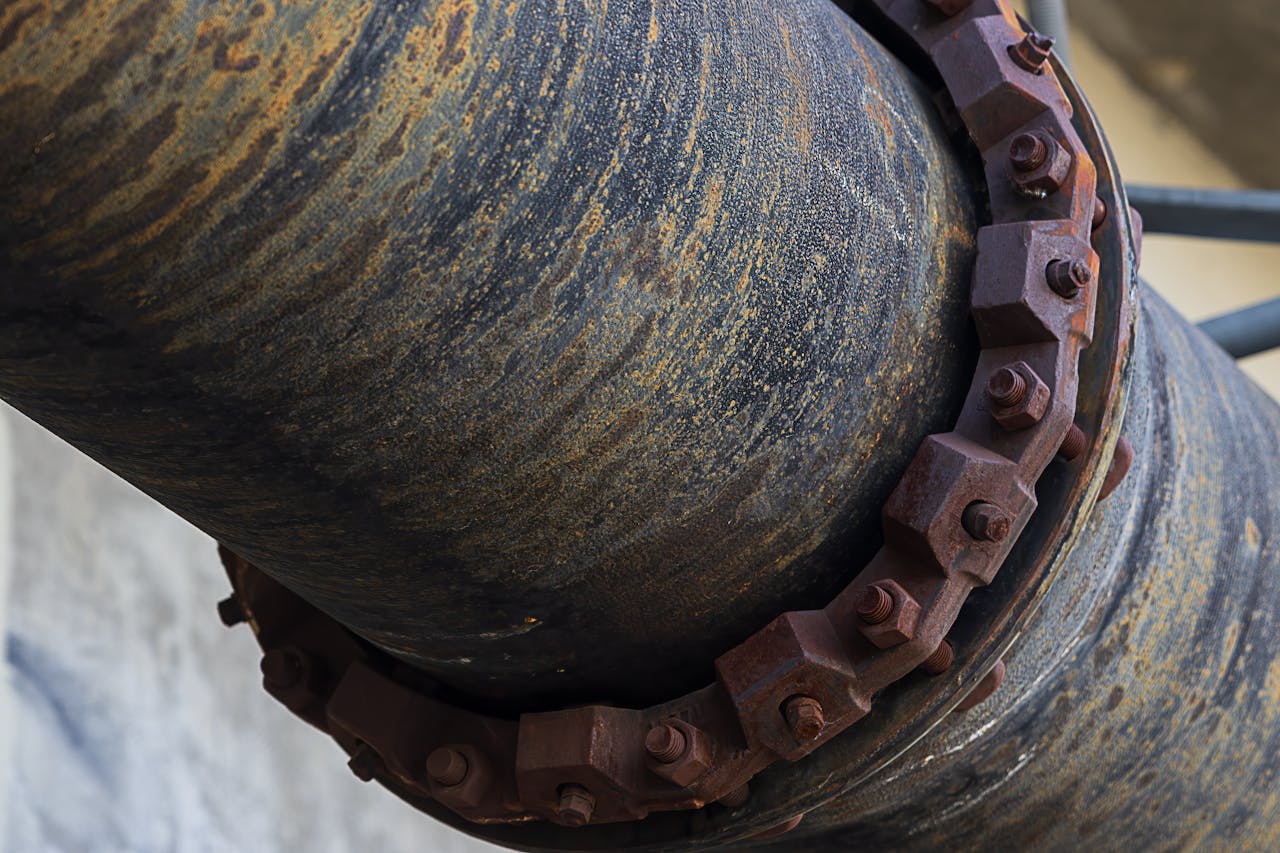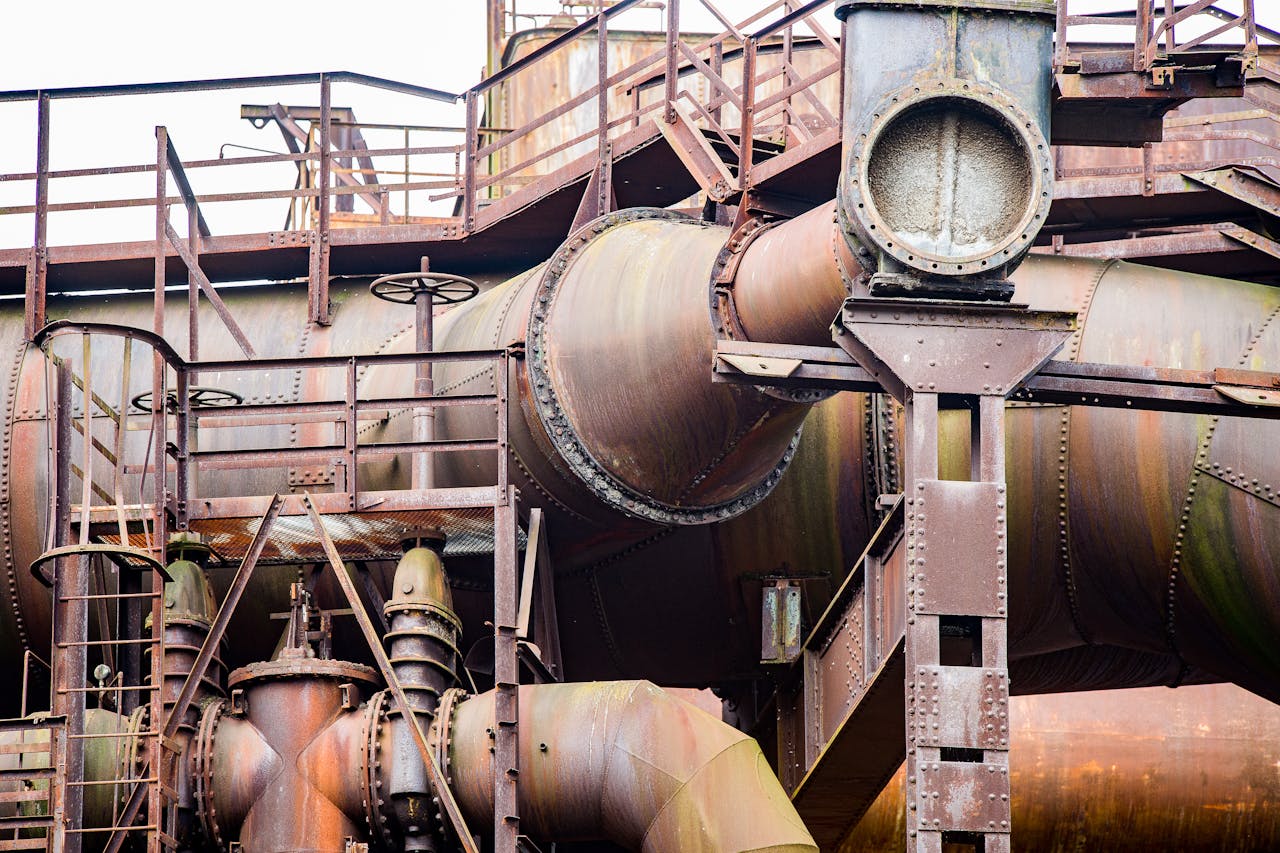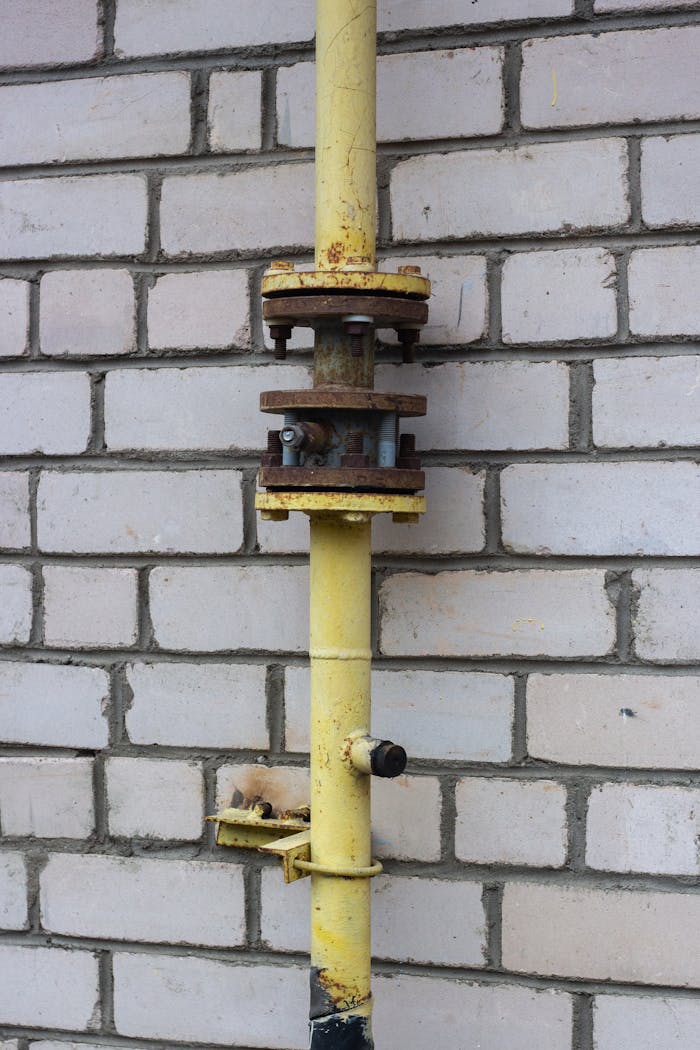I. The Green Tariff Gauntlet: Carbon Costs Reshape Competitive Landscapes
China’s iron foundries face existential recalibration as Western carbon policies bite. The EU’s CBAM now imposes provisional tariffs of €58/ton on castings with CO2 intensity above 1.6t/ton—a threshold exceeded by 87% of Chinese producers using cupola furnaces. Major EU importers like Germany’s Thyssenkrupp require ISO 50001 energy certification, adding $18/ton compliance costs. Meanwhile, US buyers leverage IRA Section 45X credits favoring domestic sourcing unless Chinese suppliers demonstrate 40%+ scrap usage via blockchain trackers (e.g., Circulor). Exporters surviving this squeeze are those aggressively retrofitting: Shandong Luyin’s shift to induction melting cut emissions by 63%, winning Volvo contracts despite 15% price premiums. Expect 30% of China’s 8,000+ small foundries to consolidate or exit export markets by 2026.
II. ASEAN Manufacturing Boom: Nearshoring Triggers Tier-2 Supplier Renaissance
Southeast Asia’s industrial expansion is generating $2.3B+ in untapped casting demand—but not for bulk components. Chinese exporters now pivot toward high-complexity, low-weight castings leveraging precision technologies:
Niche Alloys: Yunnan’s ferritic stainless castings (4A0-CT) capture 75% of Indonesia’s food machinery sector due to chloride resistance unattainable by local sand-casting.
Export growth now concentrates in sub-100kg precision pieces (gearbox housings, hydraulic valves), projected to grow at 11.4% CAGR through 2028.
Tooling Synergy: Guangdong foundries supply aluminum molds to Vietnamese press shops at 40% lower cost than European toolmakers, enabling rapid prototyping for motorcycle chassis (e.g., Honda Vietnam orders).
Hybrid Logistics: Ningbo port’s “cast-manufacture-pack” hubs pre-machinace castings before shipping to Thai assembly plants, slicing lead times to 18 days vs. 60 days for domestic production.
III. African Infrastructural Play: Chinese Engineering Synergy Unlocks New Markets
Africa’s $120B pipeline infrastructure push (Dangote Refinery, Trans-Saharan Gas Pipeline) mandates localized sourcing—with Chinese EPCs as gatekeepers. Winning strategies include:
Political Risk Pools: SINOSURE’s “Project+Trade” insurance covers delayed African receivables while Eximbank’s RMB settlement mechanisms sidestep forex shortages.
Result: Exports to Africa grew 29% YoY in 2023, with pressure fittings and valve bodies comprising 68% of shipments.
Onsite Foundry JVs: CITIC partnered with Nigeria’s Dangote to establish Lagos-based ductile iron pipe foundries, bypassing 35% ECOWAS tariffs while meeting 55% local content rules.
Material Certification Arbitrage: Chinese producers leverage ICECert (Infrastructure Consortium for Africa) approvals accepted in 37 countries, avoiding costly retesting for EN 1561 equivalence.


